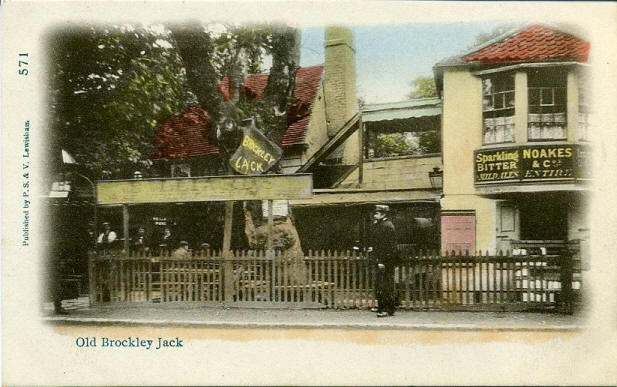The Reverand Thomas B. Pandian of Madras (sometimes known as T.B. Pandian or T.B. Pandiyan) was a Hindu convert to Christianity who came to England in 1893 to raise awareness of the plight of low caste 'Pariahs'. His travels in this country inspired his book 'England to an Indian Eye, Or, English Pictures from an Indian Camera' (1897), which is
available to read for free at archive.org. It is a work that includes lots of interesting observations such as his remark that 'the rage for cycling has taken full and fast hold of the people of England, as is evidenced by the fact that London is simply over-run by "wheelers" of both sexes'.
While describing London as 'the most remarkable city on the face of the globe' he did not overlook its miseries, such as the plight of the homeless: 'scores of such can, when darkness sets in, find no better resting-place than that afforded them by the doorsteps of public buildings, and obscure angles forming the junctures of adjoining structures of one kind or another. Foodless, half-clothed, lying through the live-long night on the bare surface of these stony bedsteads— so cold, so damp, so hard— life to the houseless poor of London must seem nothing more than an intolerable condition of agonizing cursedness! What wonder, then, that so many of these wretched beings daily call in the angel of death to relieve them before their appointed time, ending their earthly miseries by plunging themselves headlong into the unclean waters of their Father Thames!'
Pandian describes a visit to the Crystal Palace:
'No sight-seer will think of leaving London without looking in at the world-famed 'Palace of Glass' in Upper
Norwood, where John Bull and all his household disport themselves in a hundred different holidays. The Crystal Palace hall is capable of accommodating several thousands of people, and it is here that popular
concerts and musical entertainments, organised on a large scale, are held, and it is here also that monster meetings of all sorts take place, when they are intended to present the character and significance of a national demonstration. So grandly beautiful is the appearance of this magnificent structure that I could well imagine a Christian villager from India regarding the edifice as a prototype of one of the 'many mansions' he has been taught to believe in as being 'prepared' for those who follow the teachings of the Heaven-sent Master he has learnt to serve. In a word, the Crystal Palace of London is best described as being a splendid exhibition in itself, such as cannot be found in any other part of the globe. It is, moreover, a complete and comprehensive index to England's commercial wealth and greatness'.
In a post
earlier this week I featured a photo taken in that period at the New Cross studio of photographer R.F. Barnes. I am wondering whether this might actually be T.B. Pandian himself. There's
some discussion at a family history site which suggests a link between Pandian and this photo- the key is the book he is holding. On highest resolution I could see that the last word on title is 'Peninsula' and others have spotted that the other visible word looks like 'Heroes'. Pandian was the author of a book entitled 'The Ancient Heroes of South Indian Peninsula', published in the year of that visit to London - 1893. Why else would he be holding that particular book in the photograph unless he had written it himself?
(Pandian's account is mentioned in Sukhdev Sandhu's excellent 'London Calling: how Black and Asian writers imagined a city', Harper, 2004)































.jpg)












